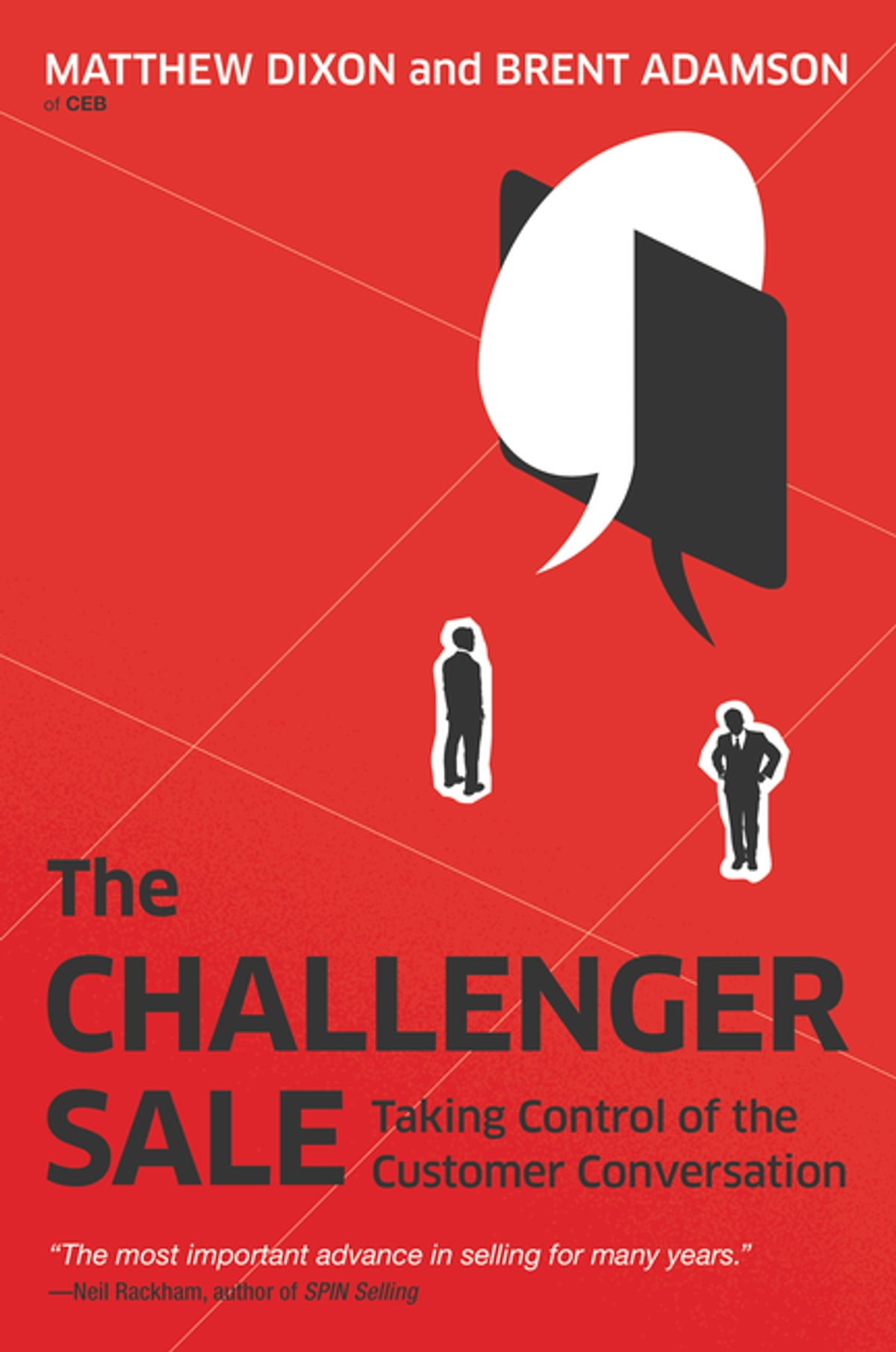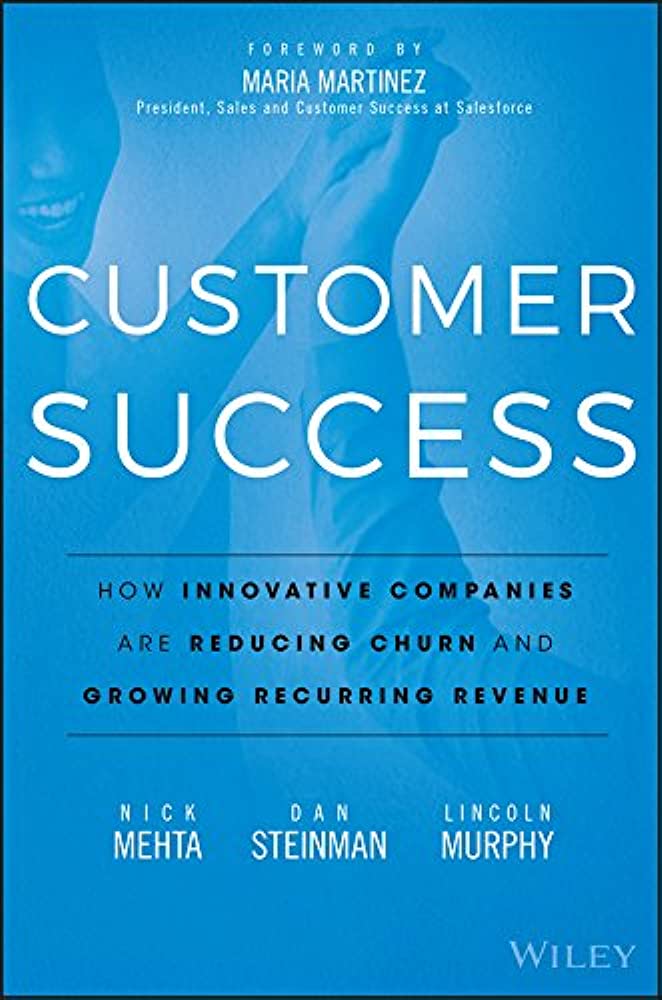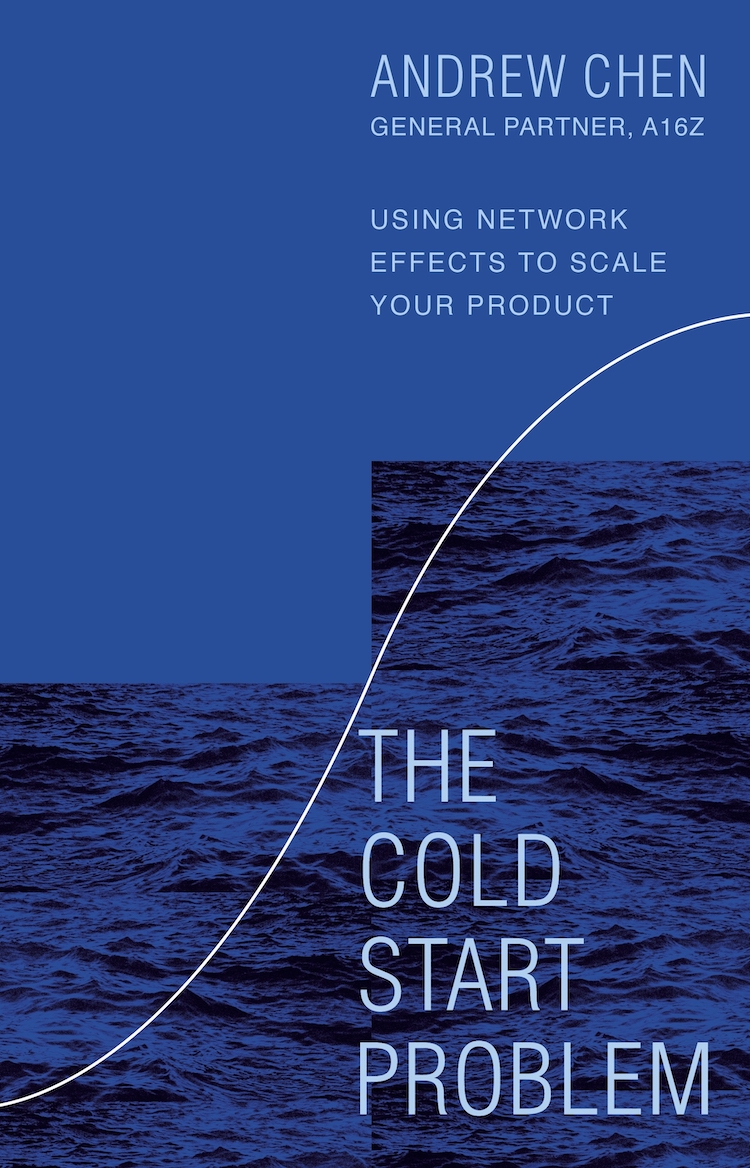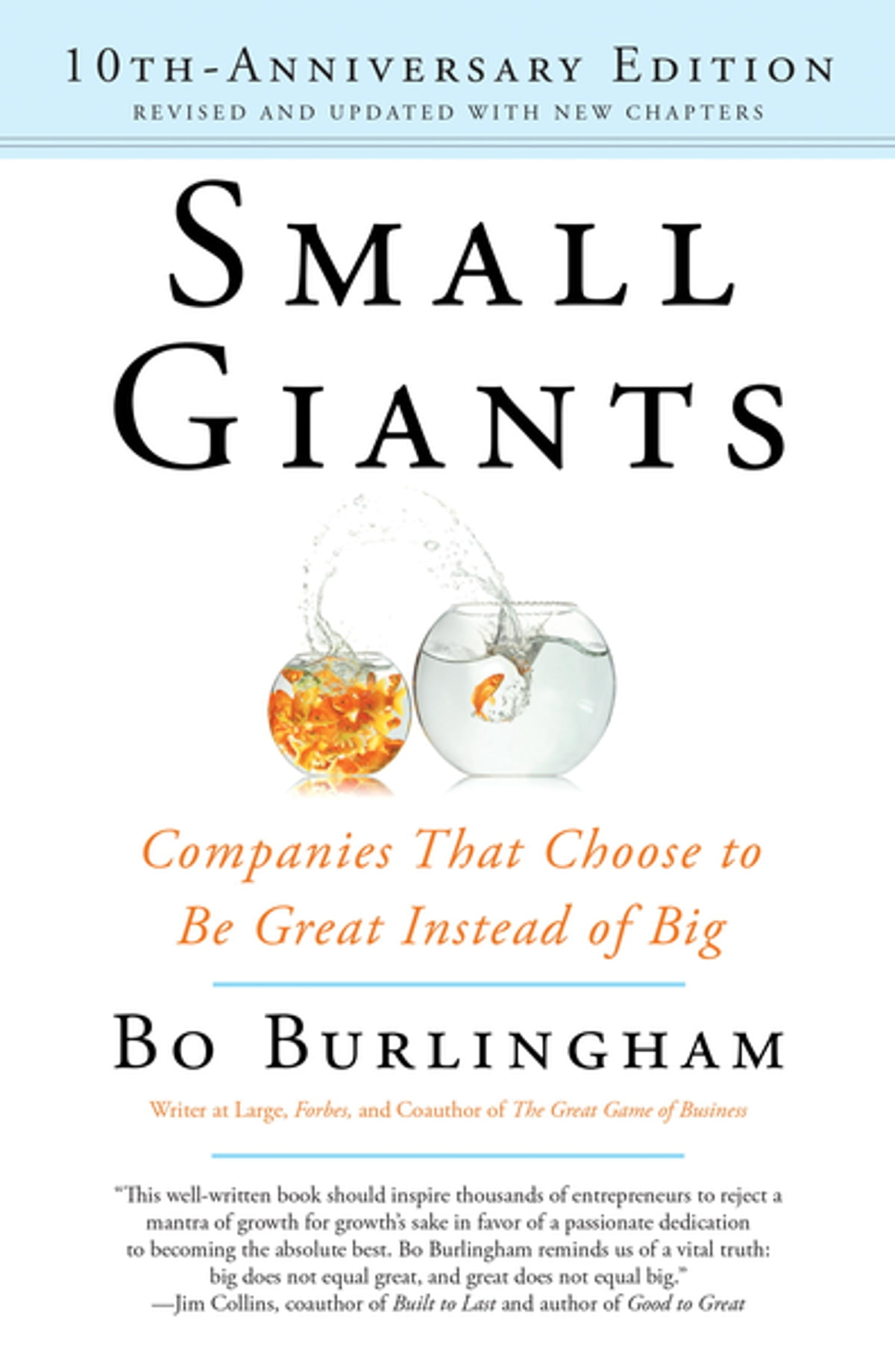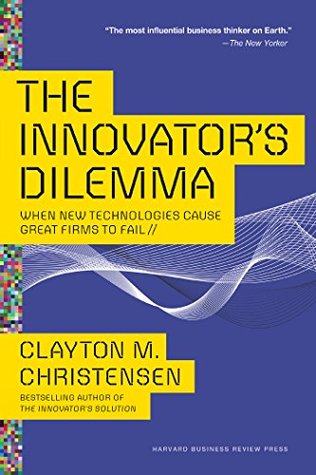The Way Of The Wolf
by Jordan Belfort
- Business
- Ashto =
- Jonesy =
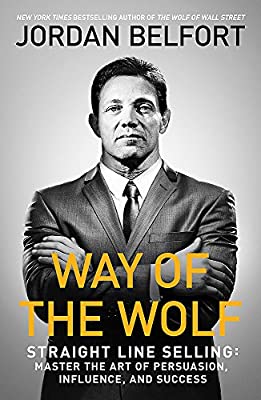
What they say about Jordan Belfort in the Wolf Of Wall Street is True. He is one of those natural-born salesman who can sell ice to an Eskimo, oil to an Arab or port to a Rabbi. If you’ve seen The Wolf of Wall Street, starring Leonardo De Caprio, you may remember the scene of how Jordan took thousands of kids who could barely string a sentence together and turned them into world class closers using his magical system called The Straight Line.
This book is the same turnkey solution as shown in the movie. It can be applied to any business or industry. Selling is everything in life. Either you’re selling, or you’re failing.
Jordan just had to teach his team how to sell Penny (aka Shitty) stocks to the richest 1%. As it turned out, training a bunch of post-adolescent nincompoops to go toe to toe with America’s wealthiest investors was more challenging than he anticipated. After 4 weeks of calling, nobody got any sales. Eventually he invented the Straight Line System. The core tenant is that “Every sale is the same”.
But how could every sale possibly be the same? You’ve got different needs, different beliefs, values, objections and pain points. And then you’ve got the countless number of goods and services in the global marketplace that is also too different. Indeed when you take all the apparent differences that can pop in a sale a any time, it comes no surprise that only a tiny percentage of the population feel comfortable to be put in a position that requires sales and influence. The rest of the world actively shies away from it, despite knowing how crucial it is to the achievement of wealth and success.
Every sale is the same because despite all of the individual stuff, the same 3 key elements all have to line up in any prospect’s mind before you can have a shot at closing them.
Jordan uttered these words to his team in 1988. And they are the same in the 3 aspects of certainty.
The Three Tens Of Certainty
We call these 3 core elements the 3 tens, with the context being a prospect’s current state of certainty on a scale from 1 – 10. For example, if a prospect is at a ten on the certainty scale, then it means he or she is in a state of absolute certainty at that moment. If he or she is a 1, then they are in a state of absolute uncertainty
The first of the 3 tens is the certainty in your product
1. Product
In essence, your prospect must be absolutely certain that they love your product. This includes both tangible things like boats, houses, foods, clothing, consumer products, and all the various services people perform and also intangible products, like ideas, concepts, values and beliefs, or any vision you might have for the future.
Over the years, the simplest and most effective way to explain the 3 tens is to imagine a “continuum of certainty”. At 10, the prospect is in a state of absolute certainty about the value and efficacy of your product. At 1, this as absolute uncertainty, they think your product is a piece of shit. And 5 is sitting on the fence
2. You
For example, if you are a likeable, trustworthy person, who is not only an expert in your field but also prides yourself on putting your customer’s needs first and making sure that if any problems arise you’ll be right their ont he spot to help. That is a 10 on the certainty scale. A snake in the grass would be a 1.
3. The Company
The prospect must trust and connect with the company. This is why it is easier to sell to existing customers than to new ones. Even if you don’t have a personal relationship with them
And within the 3 types of certainty, there are two types of certainty that you need to inject into the sales process.
Two types of certainty
Logical Certainty
Logical certainty is based on the words you say. Does the case make sense on an intellectual level? Talking about facts and figures, features and benefits, and the long term value proposition. In other words, from a sober, emotionless perspective does the idea or thesis that you’ve presented to them make sense. Does your product or service fill their needs
When a prospect is feeling logically certain about your product, they can go from start to finish and connect all the dots in the logical case you’ve made without finding holes in your story. As a result they feel confident in their ability to tell the story to someone else and if necessary, convince that person that they are 100% justified to feel the way they do.
Emotional certainty
Emotional certainty is the gut feeling that something must be good. Once it hits us, we feel craving inside that simply must be good. Once it hits us, we feel craving inside that simply must be fulfilled, even if there is a price to pay for fulfilling it
Unlike logical certainty, emotional certainty has to do with painting your prospect a picture of the future where they’ve bought your product and can see themselves using the products and feeling good as a result of it. Both types of certainty are crucial if you want to close at the highest level
People don’t buy on logic. They buy on emotion, and then justify their decision with logic. The logical mind is analytical by nature. So the more information you give it the more information it wants to know. However, if you skip making the logical case and focus strictly on creating emotional certainty. It won’t do the trick either. Because the logical mind serves as a human bullshit detector. It stops us from being swept away by our emotions if things don’t add up logically
In consequence, if you want to close at the highest level, you need both types.
Move toward certainty in all three areas
So plain and simple, you need to move your prospect on both types of certainty. On the axis of the 3 tens. Then you’ve got an excellent shot at closing them. If one of the 3 tens is not lined up, then you have no shot at closing at all
Some will say no, which is fine. In fact, it is an important aspect of th straight line system, that we don’t want to be making a full-blown sales presentation to someone who is not interested in buying what we’re selling.
Instead, we want to weed these people out as quickly as possible during the intelligence-gathering phase.




